Seattle Modern Home Design Trends in 2025: What’s In and What’s Out
Seattle’s architectural landscape continues to evolve as we step into 2025, blending sustainability, technology, and minimalist aesthetics. For homeowners, architects, and designers alike, staying current with modern design trends is essential in this rapidly shifting market. In this guide, we’ll explore what’s gaining momentum and what’s losing favor in the world of Seattle modern home design.
IN: Sustainable, Passive, and Net-Zero Homes
With Seattle’s growing focus on eco-conscious living, 2025 sees a stronger emphasis on passive home design and net-zero energy models. Homes are being built or renovated to maximize insulation, reduce thermal bridges, and incorporate high-efficiency HVAC systems. Solar panels, green roofs, and rainwater harvesting are no longer luxuries—they’re becoming standard features in new builds.
OUT: Over-Reliance on Artificial Climate Control
Seattle’s moderate climate allows for natural ventilation, and homeowners are stepping away from energy-intensive HVAC systems. Designs that overly depend on air conditioning are increasingly seen as outdated and environmentally irresponsible.
IN: Biophilic Design and Indoor-Outdoor Integration
Biophilic elements—natural materials, green walls, and expansive glass doors—continue to dominate Seattle homes. The goal is to blur the boundaries between indoor and outdoor spaces, capitalizing on the Pacific Northwest’s stunning scenery. Courtyards, rooftop gardens, and retractable walls are growing in popularity.
OUT: Sterile Minimalism
While minimalism is still relevant, the cold, sterile version is phasing out. In 2025, Seattle modern homes embrace a softer minimalism—think warm wood accents, layered textures, and natural hues instead of stark whites and greys.
IN: Smart Home Integration
Seattle is a tech-forward city, and 2025 home design reflects that. From integrated lighting and climate systems to AI-driven security and energy management, smart home tech is seamlessly embedded into architecture. Voice-controlled systems and smartphone access are must-haves in today’s designs.
OUT: Standalone Gadgets
Clunky, disconnected smart devices are out. Instead, centralized and integrated smart ecosystems—like those powered by Apple HomeKit or Google Nest—are in. The goal is to enhance daily living without cluttering the home with multiple hubs.
IN: Local, Sustainable Materials
Locally-sourced cedar, recycled concrete, and FSC-certified wood are becoming staples in Seattle modern home construction. Using these materials not only reduces the carbon footprint but also supports the regional economy and craftspeople.
OUT: Imported and Non-Recyclable Materials
Inexpensive imports with high environmental costs are increasingly avoided. Design-conscious Seattle homeowners now prioritize long-term durability and environmental impact over immediate savings.
IN: Flex Spaces and Work-from-Home Functionality
Post-pandemic lifestyles have permanently changed our use of space. In 2025, homes in Seattle feature multipurpose rooms—offices that double as guest rooms, or dens that transform into gyms. Thoughtful spatial planning is key to maximizing functionality in smaller urban lots.
OUT: Single-Use Rooms
Gone are the days of rarely-used formal dining rooms. Every space in a modern Seattle home now needs to serve multiple purposes or offer adaptability over time.
IN: Low-Impact Landscaping and Native Planting
Eco-friendly landscaping is another trend gaining traction. Native plants, permeable pavers, and drought-resistant gardens are both beautiful and sustainable. Homeowners are hiring landscape architects to help minimize water usage and stormwater runoff.
OUT: High-Maintenance, Non-Native Lawns
Traditional grass lawns are being replaced with eco-conscious alternatives. Seattleites are moving away from resource-heavy green lawns that require chemical treatment and irrigation.
IN: Bold, Personalized Interiors
In 2025, Seattle homes are embracing personality. While modernism often leans neutral, color accents, custom artwork, and curated vintage pieces are adding uniqueness to each space. The trend is about expressing individual taste while maintaining clean, modern lines.
OUT: Uniform “Catalog” Design
Cookie-cutter interiors are no longer in favor. Homeowners want their spaces to reflect who they are—not just mimic a showroom or Instagram post.
IN: Resilient Design for Climate Adaptation
Seattle’s shifting weather patterns are inspiring more resilient architecture. Elevated structures, flood-resistant materials, and defensible landscaping practices are increasingly woven into modern home plans to prepare for climate variability.
OUT: Designs That Ignore Climate Realities
Outdated designs that fail to account for environmental shifts are not just impractical—they’re potentially hazardous. 2025 marks a shift toward homes that respond to both current and future environmental needs.
Conclusion: Designing for a Smarter, Greener Future
As we navigate the future of Seattle modern home design, one thing is clear: sustainability, adaptability, and personalization are no longer optional—they’re expected. By staying ahead of these trends, homeowners and architects can ensure their properties are not only visually stunning but also future-ready, eco-friendly, and built to last in the Pacific Northwest climate.

